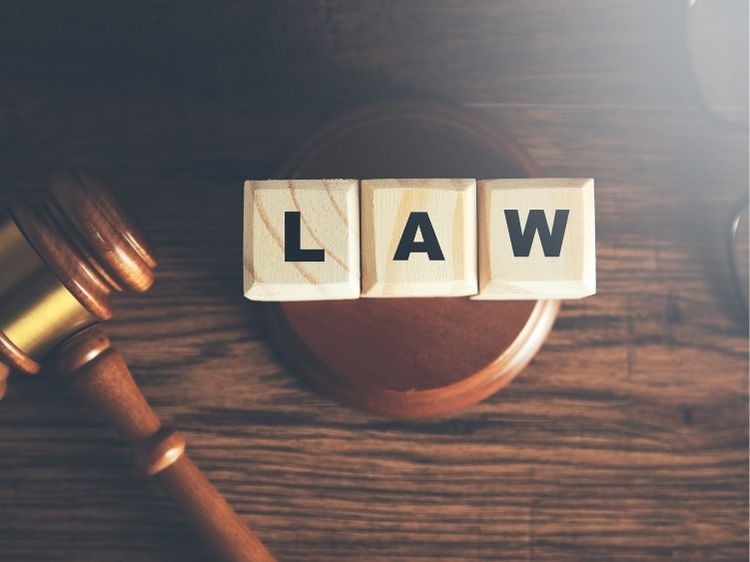The day that the President, Joe Biden signed Executive Order 13985, titled Promoting Racial Equity and Assistance for Underserved Communities through the Federal Government, it has raised a number of questions about the implications. Of these, an fascinating question emerged: Does the Executive Order of 13985 repeal certain laws? This article dives into the specifics regarding the Executive Order, what it is aimed at and legal implications to address this issue.
Understanding Executive Order 13985
Executive Order 13985 was signed in January 20th, 2021 is designed to increase equality and inclusion within federal departments. In its simplest form, the order aims to eliminate the systemic barriers to accessing public resources for those in need. The executive order included measures to improve the fairness of public policies, government services and federal allocations of funds.
This initiative, however, isn’t about creating new laws or changing existing laws. Instead, it is focused on administrative actions, establishing standards for agencies of the federal government to analyze and correct inequities within their work. The executive order directs agencies to present Equity action programs, assess the impact of policies already in place and implement data-driven strategies to increase inclusion.
The Role of Executive Orders in U.S. Governance
To know if Executive Order 13985 is able to exercise the power to cancel laws, it is essential to comprehend the reason behind executive orders. These orders are directives given by the President to oversee the operations of the Federal government. They have authority derived directly from the Constitution or other legislation in force that allows the President to direct federal agencies without having to seek Congressional approval.
But executive orders don’t have the power to make or amend laws. This responsibility is solely the responsibility of Congress. Executive orders may nevertheless influence the way laws are applied and interpreted. For instance, they can require agencies to prioritize specific policies or alter their strategies for implementation.
Analyzing the Scope of Executive Order 13985
The principal goal the primary goal Executive Order 13985 is to fix the inequities that exist within federal programs and services, not to repeal or change laws. The order is focused on procedural modifications instead of legislative ones. It also obliges agencies to examine their internal procedures, determine the barriers to equity, and offer solutions. These processes operate within the context of current laws, not seeking to eliminate them.
In addition, the executive decree establishes Equity Action Plans, which provide a framework for the agencies to improve their inclusiveness. These plans require public participation as well as data collection performance evaluations. However none of these plans require a change in the legal basis of federal laws.
Misconceptions About Executive Order 13985
The issue, “Does the Executive Order of 13985 revoke any laws?” is likely based on a misinterpretation of its intent and the legal restrictions. Many critics have suggested that the order may indirectly alter the law’s application by changing the priorities of agencies. Although executive orders can affect the implementation of policy, they can not alter or repeal laws approved by Congress.
For example, if an agency of the federal government changes its policies to conform with the principles of equity however, it is still required to be operating within the confines of law. Executive Order 13985 enables agencies to make use of their authority in the present to promote fairness, but does not give them new authority to ignore or invalidate laws.
The Legal Framework Supporting Executive Order 13985
One of the main tenets that underpin Executive Order 13985 is the compliance with laws in place including that of the Civil Rights Act of 1964 and Title VI. They already ban discrimination in the workplace and encourage equality in access to federally-funded programs. The new order expands upon these laws by urging agencies to assess whether their policies are in line with equity standards.
In addition, the executive decree is in line with the Constitutional principles of equality of protection under law. The executive order doesn’t seek to rescind or overturn any precedents based on law but instead seeks to ensure that the resources of government are distributed more evenly.
Broader Implications of Executive Order 13985
While Executive Order 13985 does not repeal any laws, its application could result in significant changes in the way federal programs are run. With a focus on equity, the order can influence funding decisions, alter the criteria for programs, and increase accessibility for those in marginalized groups. The changes result from administrative changes instead of legislative modifications.
An example is that an agency could revise its grant application process in order to eliminate barriers that historically marginalized communities. The change could be aligned with the equity objectives of Executive Order 13985 without contravening any law.
Conclusion: Does the Executive Order of 13985 Revoke Any Laws?
In the end, Executive Order 13985 doesn’t revoke any law. Its purpose is to increase equity in federal government by encouraging agencies to discover and eliminate the systemic obstacles. The order is based on the laws in place and does not attempt to modify or challenge the legislative authority.
In focusing on improvements to procedures and data-driven decision-making Executive Order 13985 aims to make an open and open and inclusive government. Although its implementation could result in significant policy changes however, the changes are within the legal framework set by Congress.




